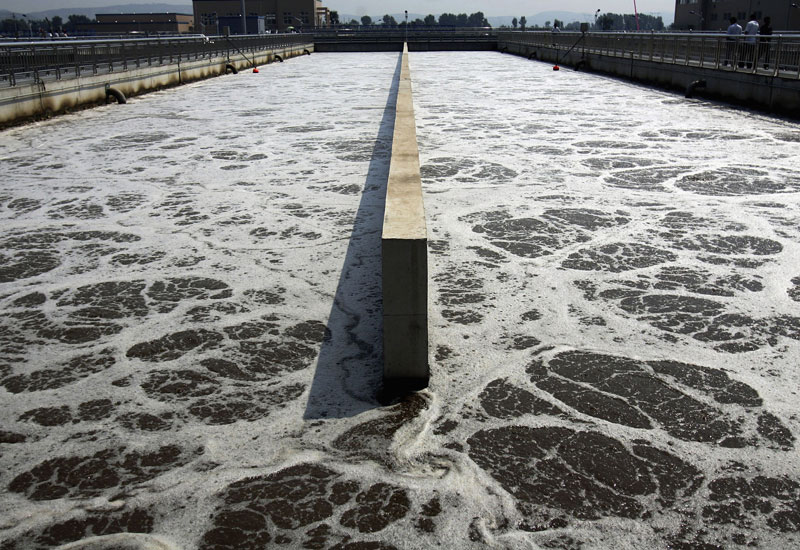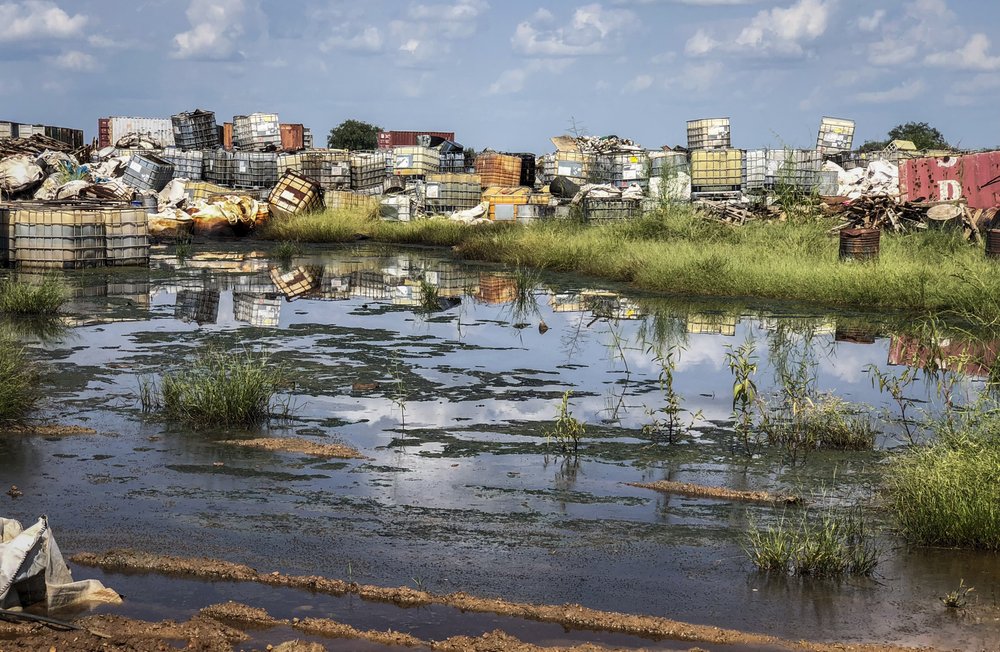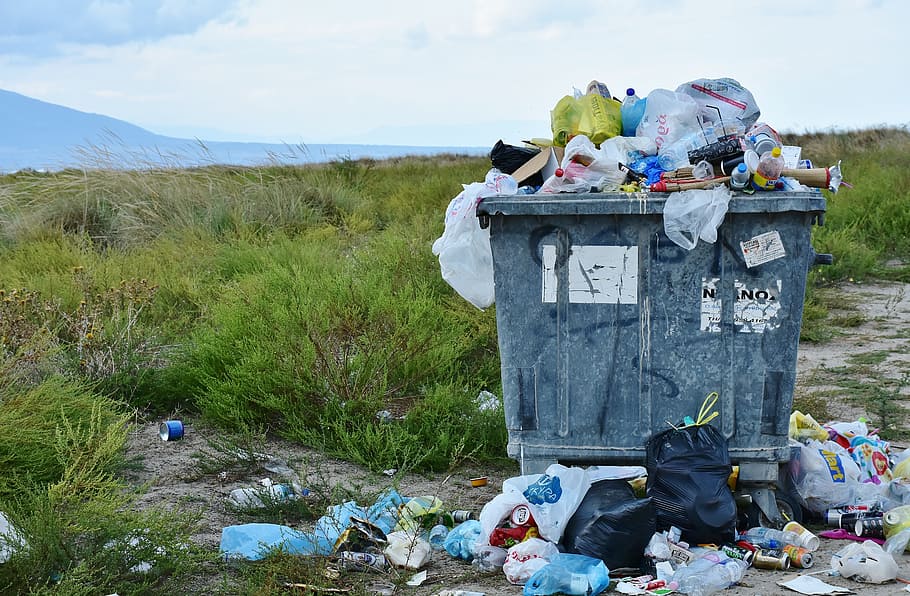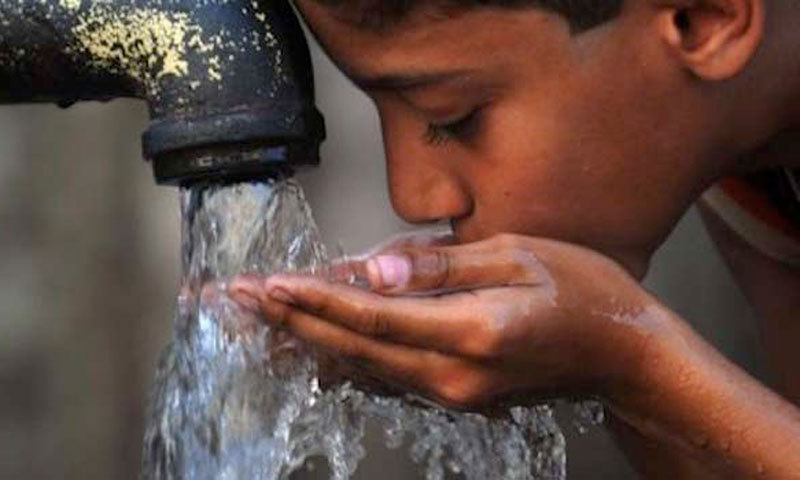
The Obama administration issued the framework on Friday of a long-term study on whether fracking for natural gas pollutes drinking water, but will not make conclusions until 2014 about the controversial technique that is helping to fuel a domestic drilling boom.
Critics of the Environmental Protection Agency study, called for by Congress in 2010, complain it does not closely examine the impact of drillers' injecting waste water deep underground, a practice that has been linked to small earthquakes.
The progress report outlined case studies at drilling sites in states including North Dakota, Pennsylvania and Texas that will inform the final study.
It also explained the scientific methods the EPA is using to understand how drinking water supplies are affected by the lifecycle of water used fracking. That cycle ranges from withdrawing the water from ground and surface supplies to treating it in wastewater plants.
Although conclusions are more than a year away, power utilities, chemical companies and other big consumers of natural gas fear the study could lead to more regulations and raise costs as a result. Power generators, including American Electric Power and Southern Co, have been enjoying rock bottom prices for natural gas in recent years.
Fracking involves forcing large volumes of water laced with chemicals and sand deep underground to crack rock and free oil and natural gas. Critics of fracking, including many environmentalists, worry drilling operations near schools and homes can pollute water and air.
The drilling industry and some Republicans in Congress have said the EPA study is overkill because fracking is safe.
The EPA's long-term study will examine the large volumes of water sucked up by fracking operations, surface spills of fracking fluids on well pads, and the drilling itself.
The study will also look at spills of so-called "flowback" water that rushes up from wells when they start producing gas, and how well wastewater treatment plants operate.
But the study does not closely look at the effects of injecting waste water deep underground, a practice environmentalists worry could become a dormant threat to water supplies.
Drillers say they are recycling more and more water used and produced in fracking. But some of the waste is still injected underground.
Ben Grumbles, a former assistant administrator for water at the EPA, said injection of the waste is a "legitimate and important concern."
Ohio recently linked the disposal method to a series of small earthquakes and placed a moratorium on the injections but lifted it in November.
Grumbles, who is now president of the US Water Alliance, said the omission of examining the practice was "not a fatal flaw" of the study because he believes a different arm of the EPA is doing research on waste water injection.
"They really do need to look at the issue," he said. "I would hope the offices were coordinating and efforts to review potential risks of large volumes of waste water being injected … will be looked at," he said.




